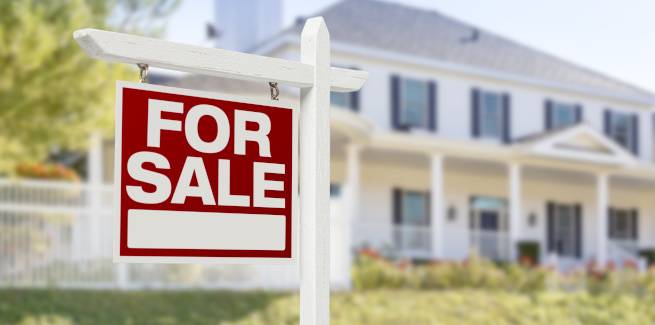In his analysis of the Australian property market, AMP Capital chief economist Shane Oliver noted that the market has remained on the upside over the last two decades and added that this trend could continue.
Indeed, AMP Capital’s own forecasts have put house price growth at around 15 per cent out to the end of 2022.
Other figures over the last few months have illustrated the upward trend of house prices and buyer demand, with a joint study from Aussie and CoreLogic showing that property values have surged by 400 per cent in the last 30 years.
CoreLogic also revealed earlier this year that home values rose by 2.1 per cent in February 2021, the largest monthly increase in 17 years, while the property research group’s daily hedonic home value index showed that Sydney’s home values have risen by 5.7 per cent since “finding a floor” in October 2020. The index reached a new high in March.
Meanwhile, data from the Housing Industry Association (HIA) recently revealed that the regional index fell by 3.7 per cent in the December 2020 quarter, indicating declining housing affordability in regional Australia.
The spike in property values have been attributed to record-low interest rates, stronger population growth (through the decade notwithstanding the current border closures) and, more recently, government incentives such as the HomeBuilder and First Home Loan Deposit Scheme (FHLDS), which have further increased buyer demand.
Meanwhile, ANZ economists recently forecast that house prices could jump by 17 per cent in 2021 across Australia’s capital cities, but warned that a tightening of lending standards could dampen growth in 2022.
However, according to Dr Oliver, three factors could derail the current property boom and the long-term house price bull market, although he noted that it would not necessarily end with a crash.
“First, the long-term decline in interest rates that began in the early 1980s with bond yields and then spread to Australian mortgage rates interest rates in the 1990s looks like it might be at or close to the bottom,” he said.
“The RBA (Reserve Bank of Australia) and other central banks are now resorting to more extreme measures to get inflation back up and some of the structural forces that drove inflation down over the last 40 years, like globalisation and deregulation, look to have run their course.
“If inflation is bottoming, then so will interest rates, and the super cycle of each new economic slowdown leading to even lower mortgage rates and ever higher debt levels driving ever higher house prices relative to wages will come to an end.”
Dr Oliver also said that the “chronic” undersupply of property may reverse due to the apartment building boom since 2015, the reduction in immigration, and home building incentives, which he said would propel house building for at least the next 12 months.
“If population growth remains as weak as the government is projecting over the next two years, and construction stays up, we will move into a clear oversupply,” he said.
“This will be healthy in terms of improving housing affordability for new buyers and renters.”
Finally, Dr Oliver said that the trend of working from home would likely continue post the coronavirus pandemic, although office workers may no longer work from home all five days of the week.
He said this would mean a greater focus on lifestyle would lead to greater demand for houses in outer suburbs, smaller cities and regional areas (a trend that has been evident since the onset of the COVID-19 crisis and the government-imposed social distancing restrictions in 2020), which he added are more affordable. He added that this would take the pressure off city property prices.
“It may also mean a significant conversion of CBD office space (as work from home goes from one day in 10 pre-pandemic to two days in five post-pandemic) to residential, again boosting housing supply,” Dr Oliver said.
Noting that the property market has continuously surprised on the upside over the last two decades, Dr Oliver said this could continue. He posited another low in interest rates, a quicker-than-expected resurgence in population growth once international borders reopen, and a return to the “rat race” once the pandemic is over, as “Australians could forget lifestyle”.
“That said, there are good reasons to expect that the forces that have driven average Australian capital city property prices well above trend and well above price to income ratios seen in other comparable countries over the last two decades may be at or close to having finally run their course,” Dr Oliver said.
“Of course, Perth and Darwin may be exceptions to this, having just emerged from deep six-year bear markets.”
[Related: Home buying intentions continue to rise]

